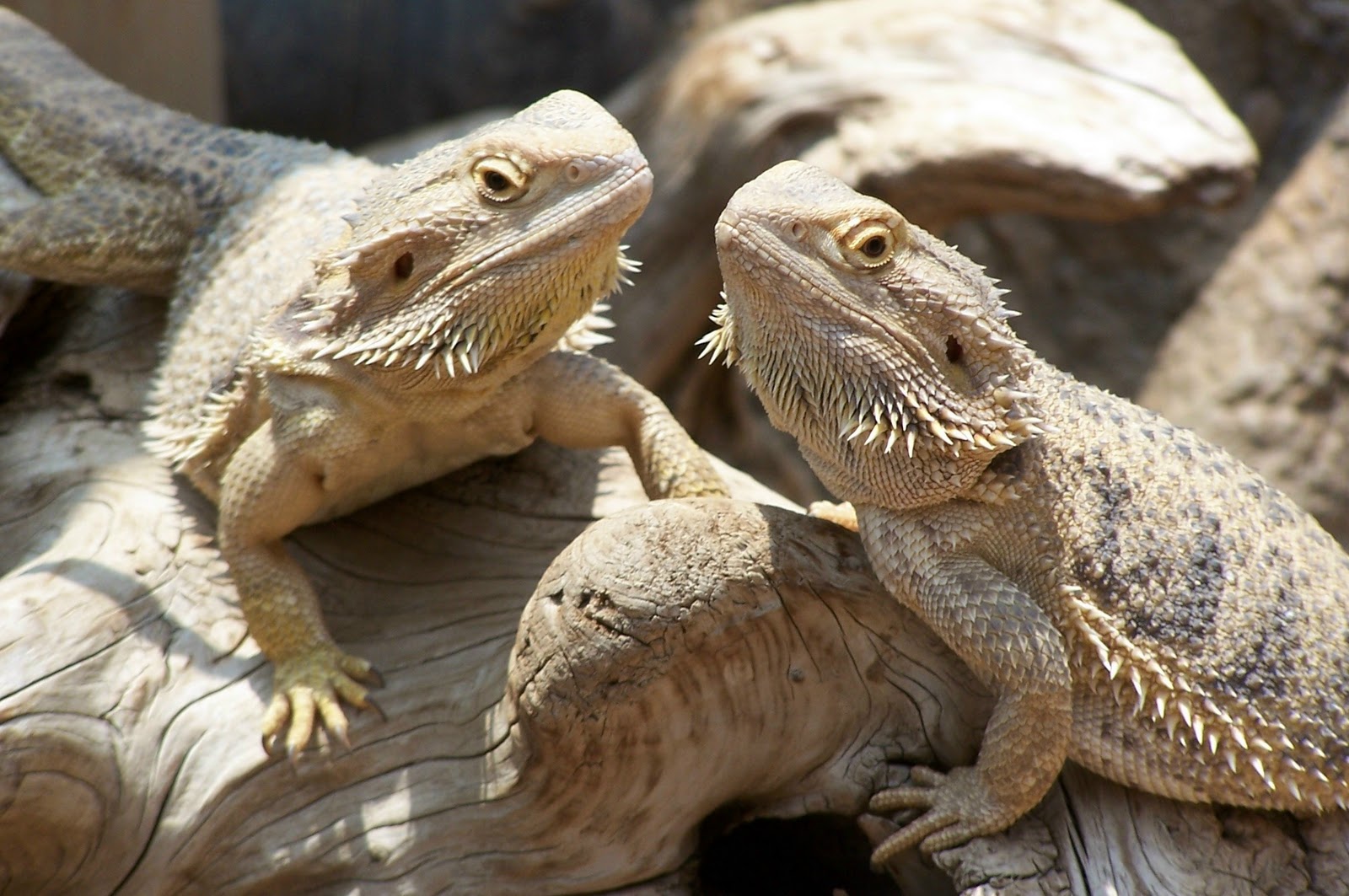Why Is My Bearded Dragon's Tail Turning White? The Ultimate Guide for Beginners
Why Is My Bearded Dragon’s Tail Turning White?

Bearded dragons are popular reptile pets for good reason. They are friendly and easy to care for, but like any animal, they can experience health issues. One common problem that many bearded dragon owners face is a white tail. If you notice that your bearded dragon’s tail has turned white, it’s important to investigate the cause so you can help your pet return to good health.
Possible Causes of a Bearded Dragon’s White Tail
There are several reasons why a bearded dragon’s tail could turn white, including:
- Shedding
- Injury
- Fungal or bacterial infection
- Gout
- Kidney disease
- Liver disease
- Metabolic bone disease
What to Do if Your Bearded Dragon’s Tail is Turning White
If you notice that your bearded dragon’s tail is turning white, it’s important to take action as soon as possible. Here are some steps you can take:
1. Observe Your Bearded Dragon
Watch your bearded dragon for other signs of illness or distress, such as lack of appetite, lethargy, or a limp tail. These signs can help you narrow down the cause of the white tail.
2. Check for Injury
If you suspect that your bearded dragon’s white tail is the result of an injury, examine the tail for wounds or fractures. If you find any, take your pet to a veterinarian who specializes in reptile care. They may need to clean and bandage the wound or even amputate part of the tail.
3. Monitor Shedding
If your bearded dragon is shedding, you may notice a white or pale color on the skin or tail. This is normal and should resolve on its own. However, if you notice that the shedding is taking an abnormal amount of time or there are signs of infection, take your pet to a veterinarian.
4. Check for Infection
Fungal or bacterial infections can cause a bearded dragon’s tail to turn white. If you suspect an infection, take your pet to a veterinarian who can prescribe medications or recommend treatments such as soaking the tail in an antifungal solution.
5. Adjust Diet and Lighting
Metabolic bone disease, gout, kidney disease, and liver disease can all cause a bearded dragon’s tail to turn white. These conditions are often caused by improper diet and insufficient lighting. To prevent and treat these illnesses, make sure your pet’s diet includes a variety of greens, vegetables, and insects, and that their habitat has appropriate lighting and temperature gradients. Consult a veterinarian who specializes in reptile care for advice on diet and lighting.
Conclusion
If you notice that your bearded dragon’s tail is turning white, don’t ignore it. Investigate the cause and take action to help your pet return to good health. By observing your pet, checking for injury and infection, and adjusting their diet and lighting, you can give your bearded dragon the best chance of a long and healthy life. Remember to consult a veterinarian who specializes in reptile care for advice on how to care for your pet.

